“Cities now sprawl over large areas of the globe and contain almost two-thirds of the world’s population. These numbers will only increase. Some megacities will become more important politically and economically than the nation-state in which they reside…. Furthermore, the move of large numbers of people to large urban areas and megacities will strain resources, as these areas will become increasingly reliant on rural areas for food, water, and even additional power. From a military perspective, cities represent challenges, opportunities, and unique vulnerabilities.” — The Operational Environment and the Changing Character of Future Warfare
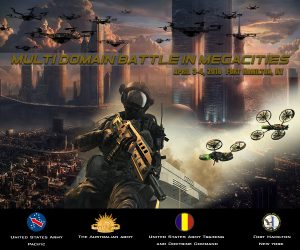 The U.S. Army Training and Doctrine Command (TRADOC) G-2, in partnership with U.S. Army Pacific (USARPAC) and the Australian Army, facilitated the Multi-Domain Battle (MDB) in Megacities Conference on April 3-4, 2018 at Fort Hamilton, New York. Briefings and videos from this event are now posted on the Mad Scientist APAN Site’s MDB in Megacities Conference Page and the TRADOC G-2 Operational Environment Enterprise YouTube Channel.
The U.S. Army Training and Doctrine Command (TRADOC) G-2, in partnership with U.S. Army Pacific (USARPAC) and the Australian Army, facilitated the Multi-Domain Battle (MDB) in Megacities Conference on April 3-4, 2018 at Fort Hamilton, New York. Briefings and videos from this event are now posted on the Mad Scientist APAN Site’s MDB in Megacities Conference Page and the TRADOC G-2 Operational Environment Enterprise YouTube Channel.
To whet your appetite while we await publication of the preliminary results from the aforementioned conference, the Mad Scientist Laboratory has extracted and reiterated below key findings from the Mad Scientist Megacities and Dense Urban Areas Initiative in 2025 and Beyond Conference Final Report. This conference, facilitated in April 2016 by the TRADOC G-2, Arizona State University Research Enterprise (ASURE), Army Capabilities Integration Center (ARCIC), and the Army’s Intelligence Center of Excellence (ICoE), sought to ensure that no U.S. Army Soldier will ever be disadvantaged when operating in an urban environment. The future challenges and responses identified at this conference are presented below:
Future challenges that U.S. forces will face when operating in a megacity environment include:
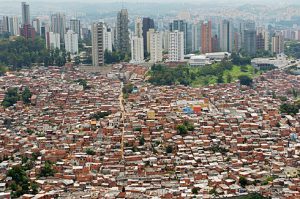 • Rapid growth in urban areas will produce more demand on the infrastructure and flow systems, more waste, and increased urban density.
• Rapid growth in urban areas will produce more demand on the infrastructure and flow systems, more waste, and increased urban density.
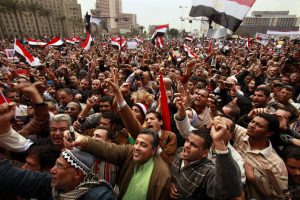 • A major challenge of megacities is density (data, people, and infrastructure).
• A major challenge of megacities is density (data, people, and infrastructure).
 • The absence of clearly demarcated boundaries for the area of operations will be problematic.
• The absence of clearly demarcated boundaries for the area of operations will be problematic.
 • The Army will have to consider the rural and regional areas around megacities as well as the world-wide implications of operations within megacities.
• The Army will have to consider the rural and regional areas around megacities as well as the world-wide implications of operations within megacities.
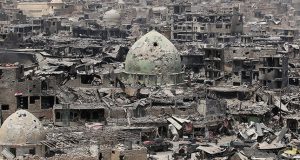 • The proliferation of advanced weaponry, coupled with the rapid digital spread of information and ideology, allows anyone to be a threat and will lead to growing instability in many parts of the world.
• The proliferation of advanced weaponry, coupled with the rapid digital spread of information and ideology, allows anyone to be a threat and will lead to growing instability in many parts of the world.
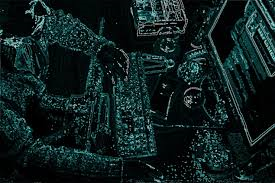 • Changing infrastructure, subcultures, and places to “hide in plain sight” present a particular challenge to data gathering.
• Changing infrastructure, subcultures, and places to “hide in plain sight” present a particular challenge to data gathering.
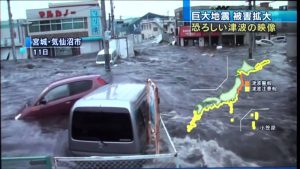 • Megacities are more susceptible to natural and manmade disasters when in close proximity to large bodies of water. Extreme water events caused by floods, hurricanes, typhoons, and tsunamis will exacerbate life threatening situations in areas of increased urbanization.
• Megacities are more susceptible to natural and manmade disasters when in close proximity to large bodies of water. Extreme water events caused by floods, hurricanes, typhoons, and tsunamis will exacerbate life threatening situations in areas of increased urbanization.
•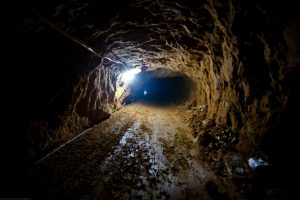 Urban vertical and subterranean warfare significantly complicate Army operations, freedom of movement, and force protection.
Urban vertical and subterranean warfare significantly complicate Army operations, freedom of movement, and force protection.
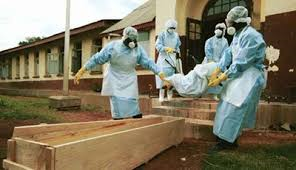 • Disease in megacities can result in catastrophic, global outcomes. Infectious disease will interface with urbanization, impacting military missions (e.g. warfare, humanitarian missions, and force protection). Rapid growth of dense urban areas in developing countries will continue to push people into environments that put them in greater contact with animal reservoirs of disease. Denial, fear, misinformation, decontamination, and disposal are among the many factors future military forces may have to contend with.
• Disease in megacities can result in catastrophic, global outcomes. Infectious disease will interface with urbanization, impacting military missions (e.g. warfare, humanitarian missions, and force protection). Rapid growth of dense urban areas in developing countries will continue to push people into environments that put them in greater contact with animal reservoirs of disease. Denial, fear, misinformation, decontamination, and disposal are among the many factors future military forces may have to contend with.
(Note: many of these were highlighted at last week’s MDB in Megacities Conference)
Future Army Concepts and Doctrine should account for the following areas:
 • Adoption of a city as a system of systems perspective will require adaptation of a significant portion of Army doctrine resulting in an urban analytic framework tailored to address the operational data layers found within urban centers, their environmental dynamism, and their state of connectedness.
• Adoption of a city as a system of systems perspective will require adaptation of a significant portion of Army doctrine resulting in an urban analytic framework tailored to address the operational data layers found within urban centers, their environmental dynamism, and their state of connectedness.
 • The dynamic nature of urban environments demands an expansion of traditional Intelligence Preparation of the Battlefield (IPB) thinking. IPB often fails to gain sight of the dynamics between the components of problems within an interactively complex system and is not conducive to an interactively complex Operational Environment. The basic definition of IPB often does not take into account how the variables explaining Dense Urban Areas are increasingly interconnected, offers little instruction on how to address a complex, multidimensional environment, and provides little operational advice or examples.
• The dynamic nature of urban environments demands an expansion of traditional Intelligence Preparation of the Battlefield (IPB) thinking. IPB often fails to gain sight of the dynamics between the components of problems within an interactively complex system and is not conducive to an interactively complex Operational Environment. The basic definition of IPB often does not take into account how the variables explaining Dense Urban Areas are increasingly interconnected, offers little instruction on how to address a complex, multidimensional environment, and provides little operational advice or examples.
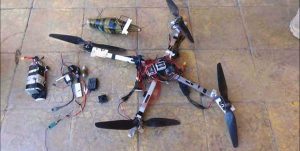 • Megacities research needs to better address the likelihood of more lethal competitors. Current mental models are stuck on non-hybrid, warrior-like opponents.
• Megacities research needs to better address the likelihood of more lethal competitors. Current mental models are stuck on non-hybrid, warrior-like opponents.
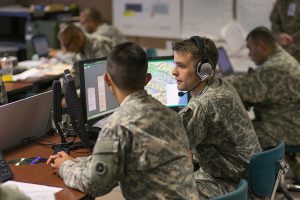 • Changes in doctrine to enable the development of knowledge experts in megacities is needed where personnel are assigned to monitor cities.
• Changes in doctrine to enable the development of knowledge experts in megacities is needed where personnel are assigned to monitor cities.
 • Greater emphasis must be placed on strategically supporting, manipulating, and/or undermining the flows, infrastructure, and systems of the megacity, as opposed to current emphasis on kinetic, military tasks.
• Greater emphasis must be placed on strategically supporting, manipulating, and/or undermining the flows, infrastructure, and systems of the megacity, as opposed to current emphasis on kinetic, military tasks.
 • The Army must change its thinking to focus more on rigorous big data-driven analysis, instead of relying largely on the same reductionist models that limit holistic thinking.
• The Army must change its thinking to focus more on rigorous big data-driven analysis, instead of relying largely on the same reductionist models that limit holistic thinking.
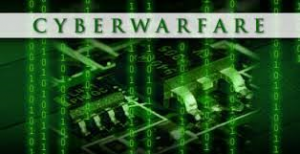 • The Army must change its attitude towards cyberwarfare and innovate new ideas and concepts for warfare. This is especially important in cities with high densities of smart technology where the Internet of Things (IoT) might provide a wealth of intelligence information.
• The Army must change its attitude towards cyberwarfare and innovate new ideas and concepts for warfare. This is especially important in cities with high densities of smart technology where the Internet of Things (IoT) might provide a wealth of intelligence information.
 • A shift in how medical data is defined, stored, captured, visualized, and shared is needed for more easily transportable semi-autonomous and autonomous Tactical Combat Casualty Care capabilities to support future missions. This will require a paradigm shift in the practice of operational medicine from an “art” that employs subjective measures to assess and treat, to a “science” based on employing objective quantifiable measures.
• A shift in how medical data is defined, stored, captured, visualized, and shared is needed for more easily transportable semi-autonomous and autonomous Tactical Combat Casualty Care capabilities to support future missions. This will require a paradigm shift in the practice of operational medicine from an “art” that employs subjective measures to assess and treat, to a “science” based on employing objective quantifiable measures.
 • Faster technological iteration and adaptation is needed as opposed to large, long-term development, acquisition, and sustainment programs. Smaller, faster, and more flexible systems to supplement, or supersede, existing weapons and other systems with rapid prototyping, small automated production runs, remote software updates, and development and deployment to upgrade a soldier’s tools in months or weeks will be needed.
• Faster technological iteration and adaptation is needed as opposed to large, long-term development, acquisition, and sustainment programs. Smaller, faster, and more flexible systems to supplement, or supersede, existing weapons and other systems with rapid prototyping, small automated production runs, remote software updates, and development and deployment to upgrade a soldier’s tools in months or weeks will be needed.
For additional insights regarding combat in urban terrain, please listen to the following podcasts, hosted by our colleagues at Modern War Institute:
• The Battle for Mosul, with Col. Pat Work
• The Future Urban Battlefield, with Dr. Russell Glenn
See Dr. Russell Glenn’s guest blog post, “Megacities: The Time is Nigh”
Also see the TRADOC G-2 Operational Environment Enterprise (OEE) Red Diamond Threats Newsletter, Volume 9, Issue 1, January-February 2018, pages 18-21, for Manila: An Exemplar of Dense Urban Terrain. This article “illustrates the complex political and civil-military challenges that would impact potential operations or activities in megacities.”
Please also see Jeremy D. McLain’s article (submitted in response to our Soldier 2050 Call for Ideas) entitled, Full-Auto Teddy Bear: Non-Lethal Automatons and Lethal Human Teaming to Increase Overall ‘Lethality’ in Complex Urban Environments, published by our colleagues at Small Wars Journal.
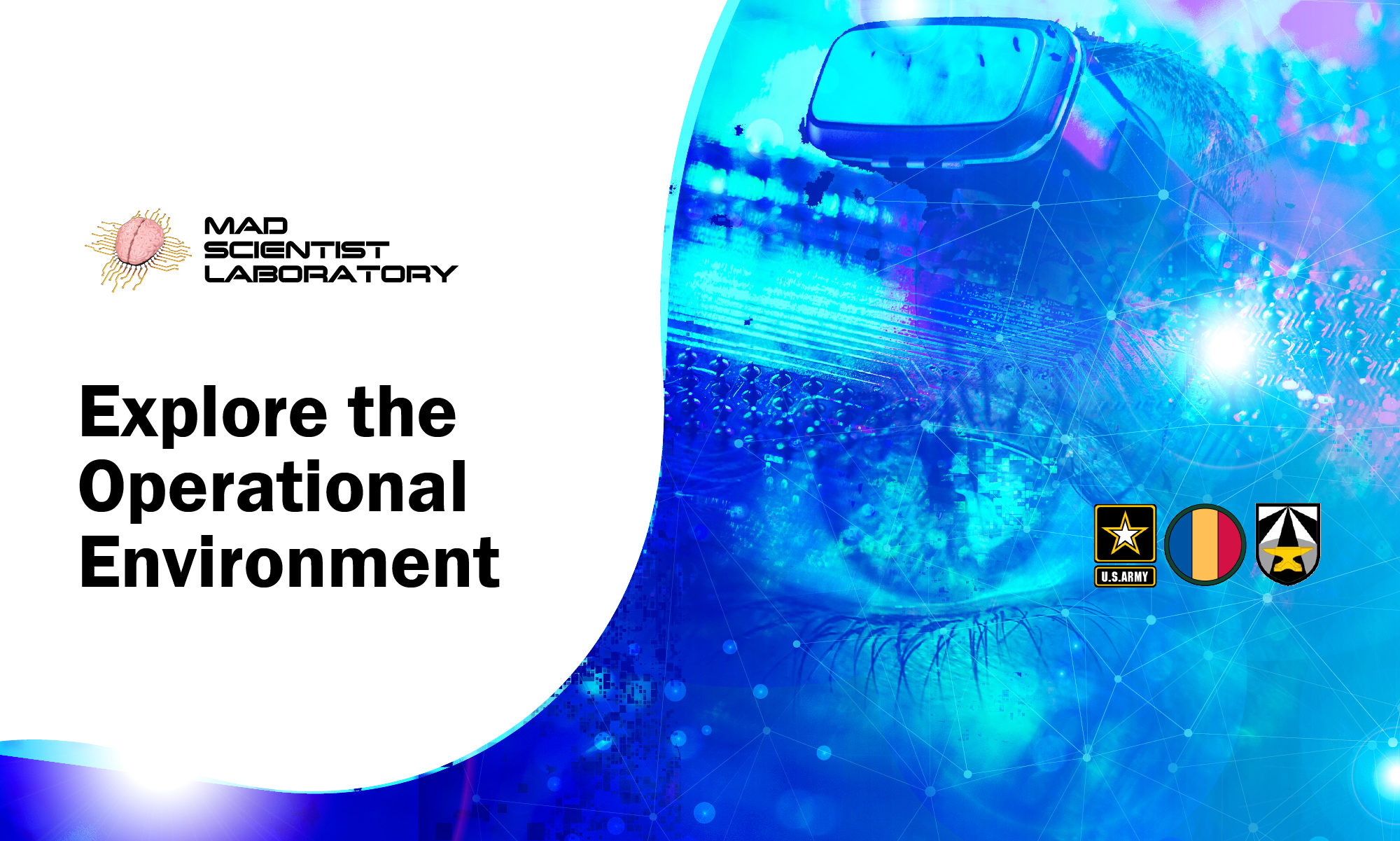



We recently (2014) saw Mosul Dam being a key conflict with ISIL/ISIS. How does defending or capturing these sorts of major infrastructure points fit into current doctrine?
Water access in particular seems to be key, for example in Cape Town, South Africa. In the case of Mosul, the dam also provides electricity.